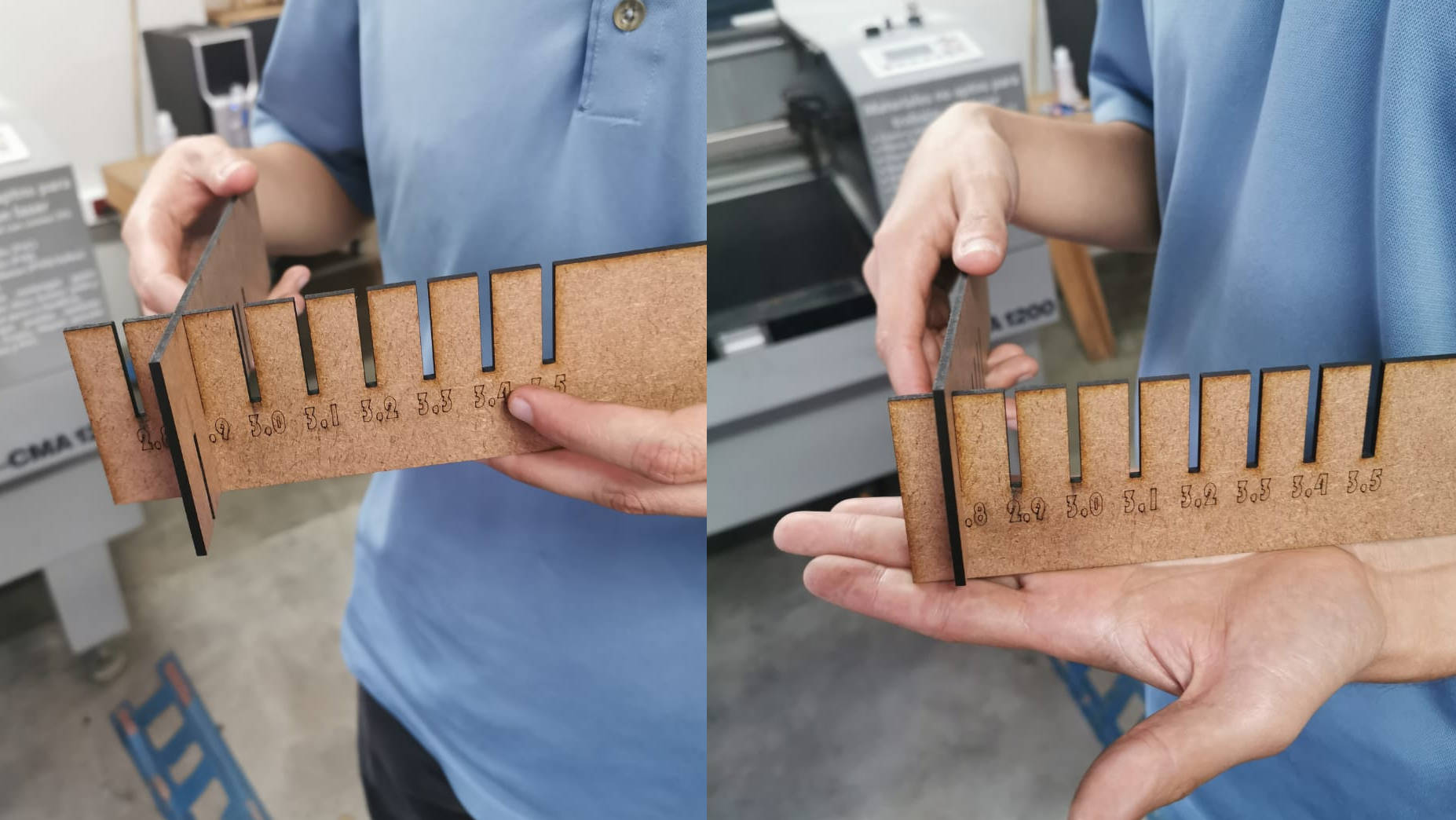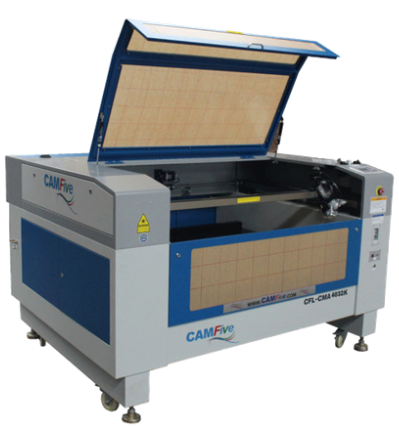
Our laser cutter nominal focus is 4,5 - 5 mm. We made tests from nominal -3 mm to nominal +3 mm.
Settings for the test are:
Cut power: 70-60%
Cut speed: 22 mm/s
Engrave power: 23%
Engrave speed: 50 mm/s
For engraving, the tested range of focus works with visible changes in definition. So it can be used for different purposes.
For cutting, only nominal focus and focus -2mm actually cut the material. But if you look closely, the letter o in "in focus" was cut only with the nominal focus.

The material for the test was mdf, thickness is 3 mm.
Settings for the test are:
Cut power: 70-60%
Cut speed: 22 mm/s
Engrave power: 23%
Engrave speed: 50 mm/s
The tested range for joints was from 2,5 mm to 3,5 mm in increments of 0,1 mm.
The best results were for 2,8 mm and 2,9 mm. Below that, the joint did not fit and above that the joint was loose.

We used 3 mm mdf for the test and cut several squares and rectangles of different sizes.
Settings for the test are:
Cut power: 70-60%
Cut speed: 22 mm/s
Engrave power: 23%
Engrave speed: 50 mm/s
In all the shapes, the measured dimension was slightly smaller than the designed dimension. The difference is approximately 0,1 mm for all cases.
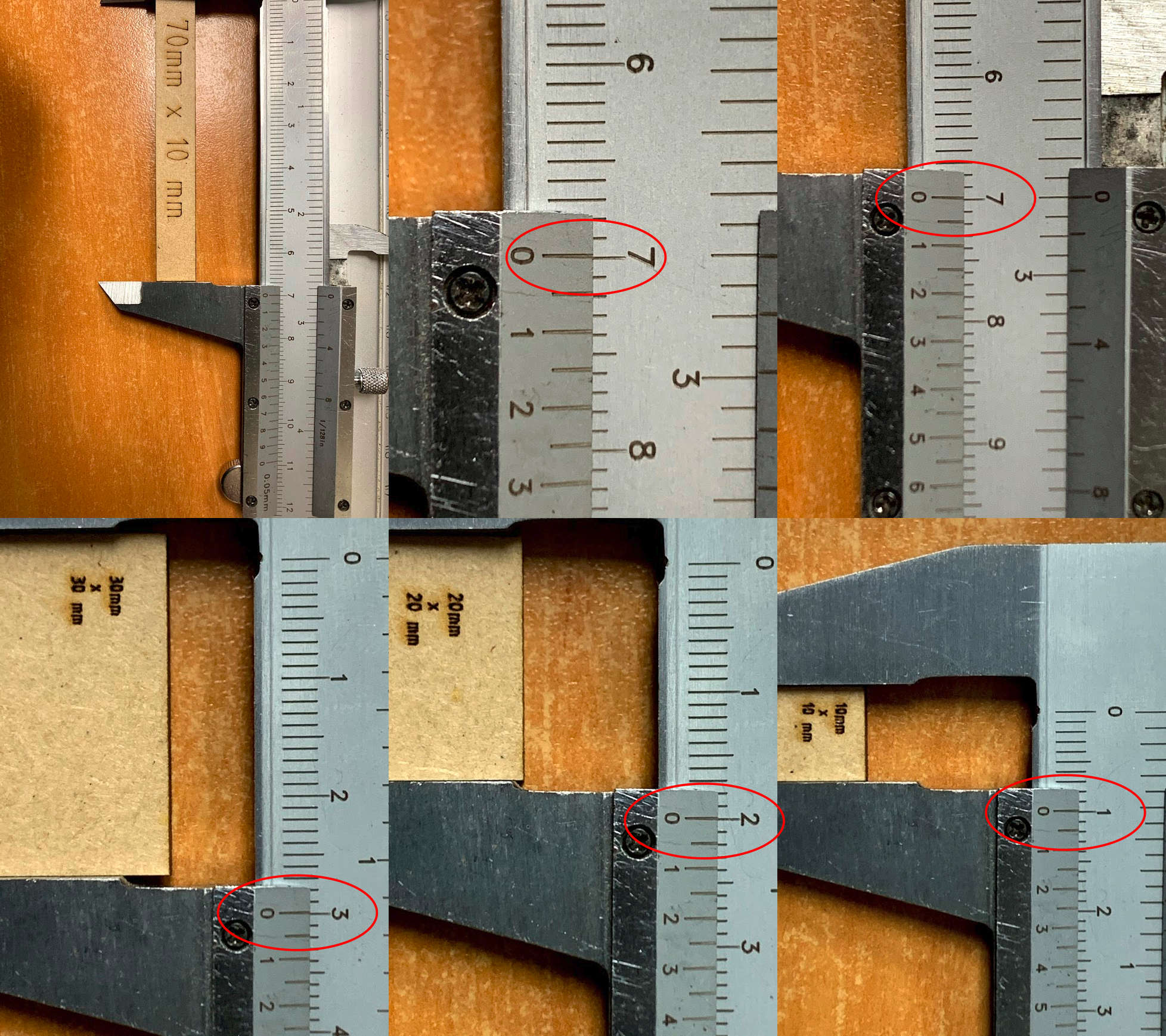
We used 3 mm mdf for the test and cut several circles of the same size.
The software provided by the manufacturer has no control over the rate of the laser.
Settings range for the test are:
Power: 20% to 70%
Speed: 5 mm/s to 30 mm/s
We found different speed/power combinations for cutting the material.
At 20%, 30% and 40% power and any speed, the machine only engraves this material.
20% power has the best visual results for engraving (no over-burning along the path).
The lowest power for cutting is 50% at 5 mm/s and 10 mm/s.
The fastest speed for cutting is between 15 mm/s and 20 mm/s at a power between 60% and 70% power (maybe faster with more power).
At 60% power and 15 mm/s the material looks less burnt.
At higher speeds and power the rate can be noted.
Presumably, if the rate option was available, we could cut at higher speeds and 50% power.
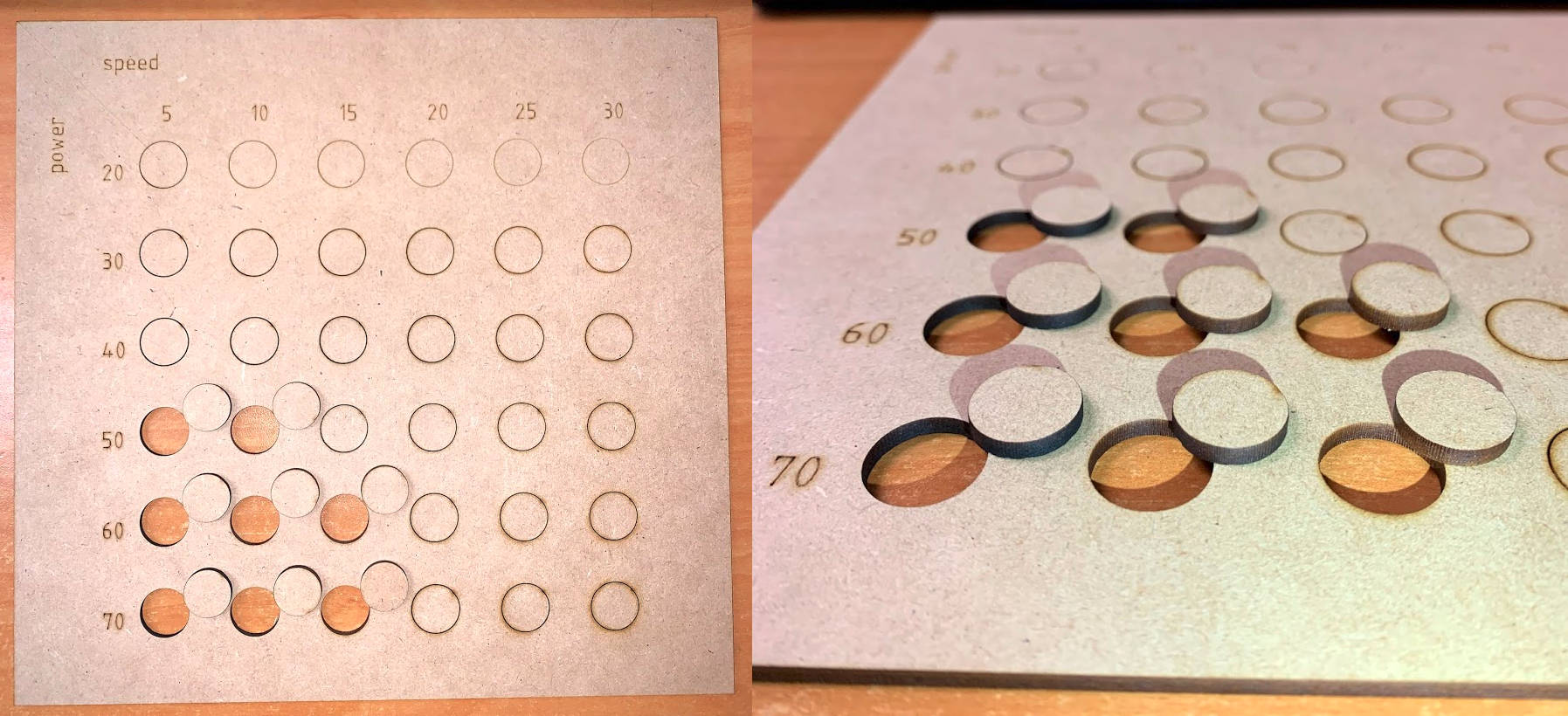
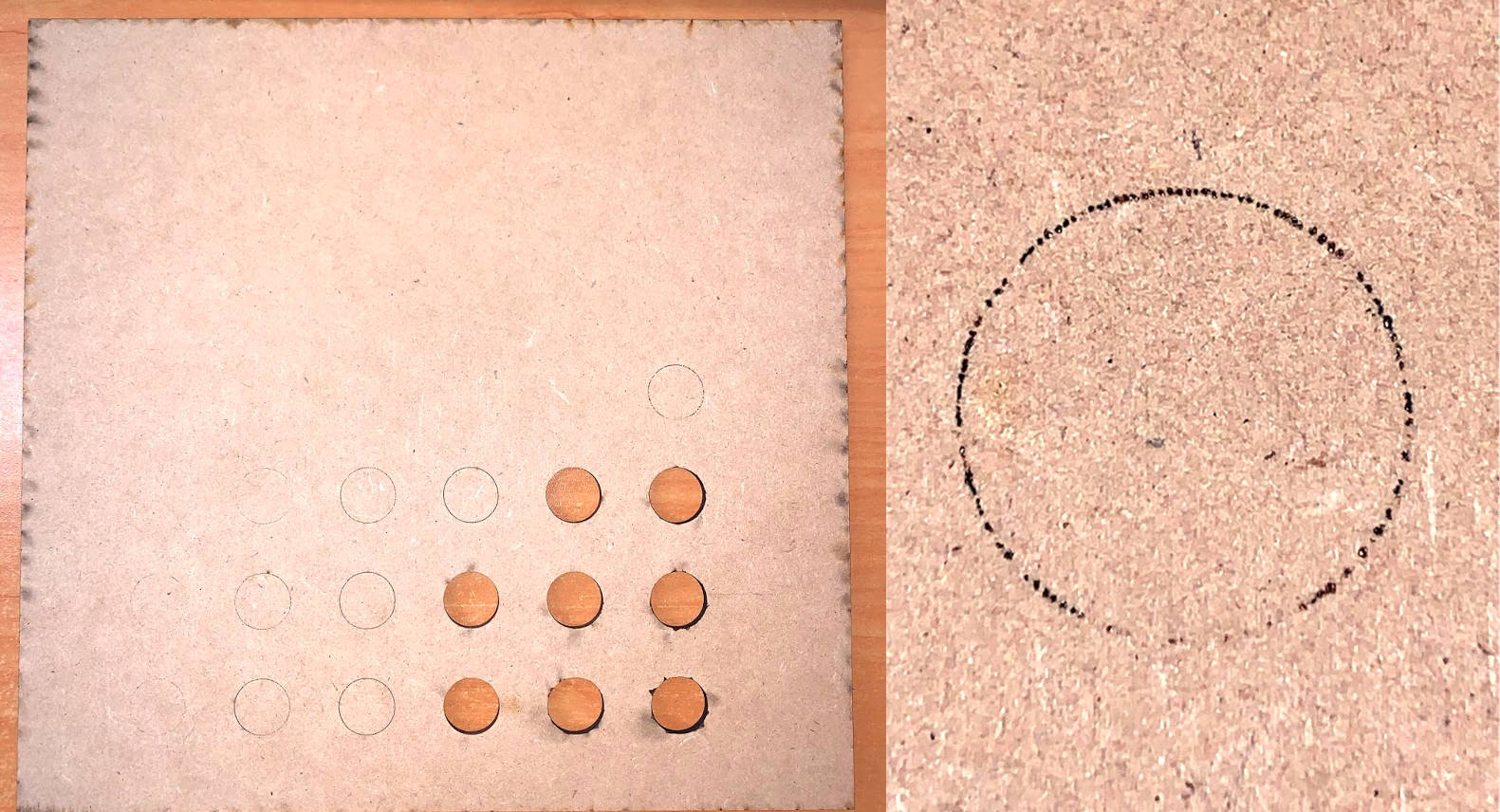
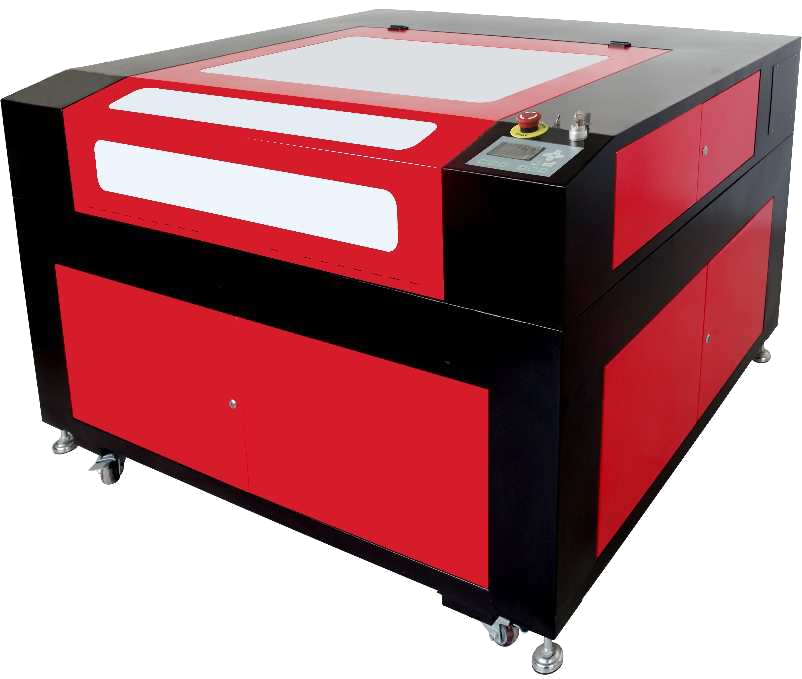
We used 3 mm mdf for the test and cut several rectangles of different sizes.
Settings for the test are:
Cut power: 45-50%
Cut speed: 12 mm/s
Engrave power: 15-20%
Engrave speed: 200 mm/s
For all the shapes, the measured dimension was slightly smaller than the designed dimension. The difference is approximately 0,2 mm for all cases.
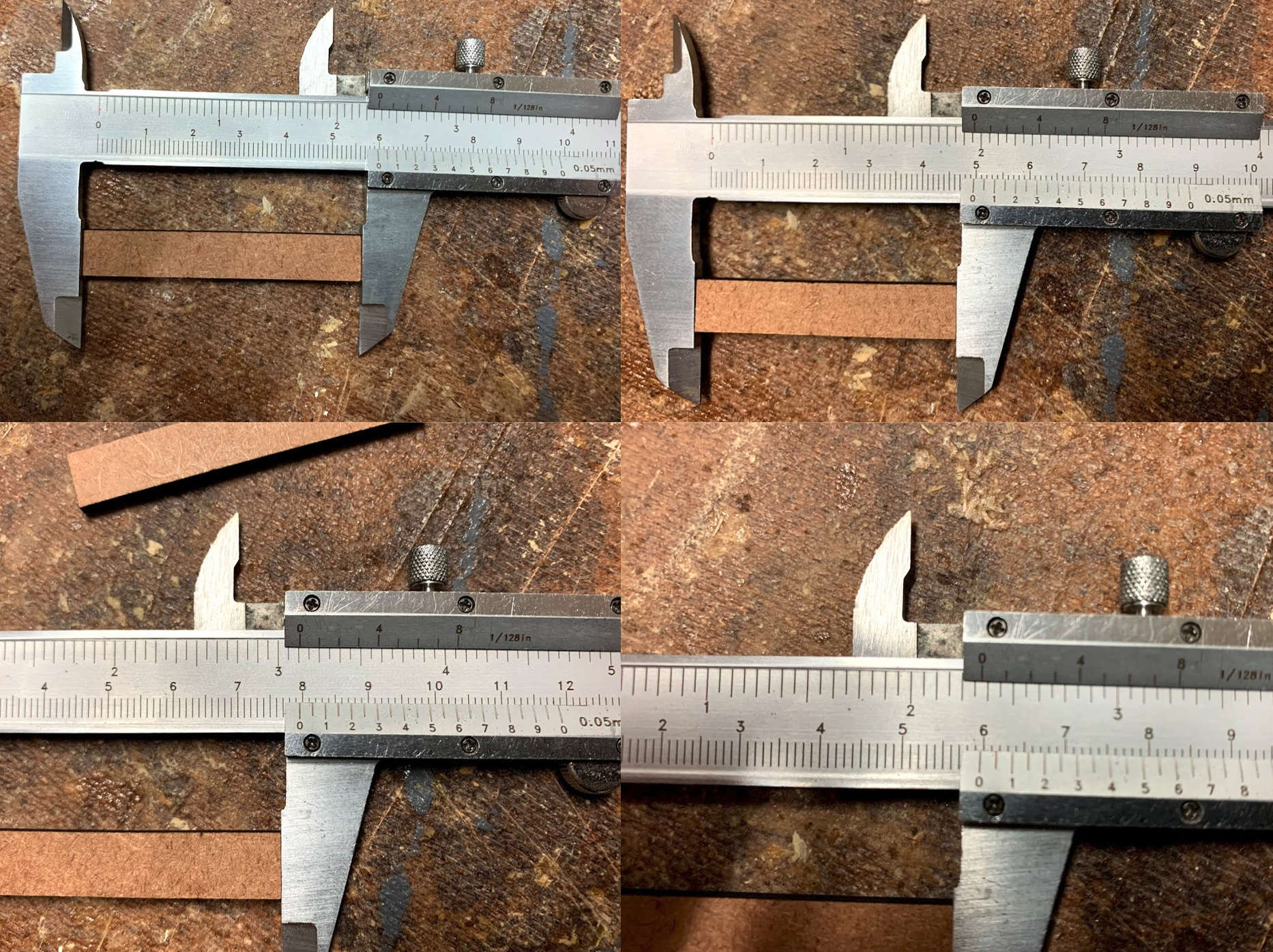
The material for the test was mdf, thickness is 3 mm.
Settings for the test are:
Cut power: 45-50%
Cut speed: 12 mm/s
Engrave power: 15-20%
Engrave speed: 200 mm/s
The tested range for joints was from 2,8 mm to 3,5 mm in increments of 0,1 mm.
The best results were for 2,8 mm.
